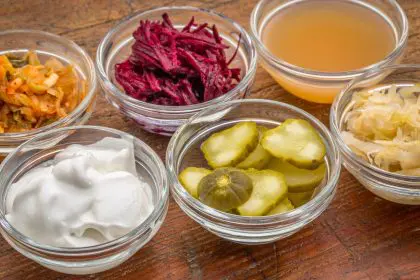In the quest for a flatter, more toned abdomen, tummy tucks have emerged as a popular surgical solution. However, this procedure may not be the panacea many people hope for. This article delves into the complexities of tummy tucks, exploring why they might not be suitable for everyone and highlighting alternative strategies for achieving a desired physique.
Understanding tummy tucks
A tummy tuck, medically known as abdominoplasty, is a surgical procedure that removes excess skin and fat from the abdomen and tightens the muscles of the abdominal wall. This operation is often sought after pregnancy or significant weight loss, which can leave individuals with loose skin and weakened muscles.
The limitations of tummy tucks
Physical suitability and health risks
Not all people are ideal candidates for tummy tucks. The best candidates are those in good physical health, at a stable weight, and with realistic expectations. The procedure is not a substitute for weight loss or an appropriate exercise program. Furthermore, as with any major surgery, tummy tucks carry health risks, including complications from anesthesia, infection and scarring.
Emotional and psychological considerations
The decision to undergo a tummy tuck should not be taken lightly. The emotional and psychological impacts of this surgery can be significant. Post-operative depression, dissatisfaction with the outcome and the stress of recovery are potential challenges. Individuals must assess their emotional readiness and have a strong support system in place.
Financial implications
The cost of a tummy tuck can be prohibitive for many. As a cosmetic procedure, it is rarely covered by health insurance, leaving patients to shoulder the entire financial burden. The expenses extend beyond the surgery itself, including pre-operative tests, post-operative care and potential loss of income during recovery.
Alternatives to tummy tucks
Lifestyle modifications
Before considering surgery, exploring lifestyle changes is advisable. A balanced diet and regular exercise can significantly improve the appearance of the abdomen. While these changes might not resolve issues of excess skin, they can strengthen abdominal muscles and reduce fat.
Non-surgical treatments
Advancements in medical technology have introduced non-surgical options for improving abdominal appearance. Treatments like cryolipolysis (fat freezing), laser therapy and radiofrequency devices can reduce fat and tighten skin with minimal risk and downtime. However, these methods may require multiple sessions and may not achieve the same results as surgery.
Embracing body positivity
A movement towards embracing body diversity and positivity has encouraged many to reconsider the need for cosmetic surgery. Accepting and loving your body as it is can be a powerful alternative to undergoing a potentially risky and costly procedure.
Tummy tucks, indeed, can be life-changing for some, offering significant improvements in appearance and self-esteem. However, it’s crucial to recognize that they are not universally suitable. The journey to abdominoplasty requires a deep dive into potential risks, including surgical complications and the emotional toll of recovery. Moreover, the financial investment is substantial, making it inaccessible for many. As we navigate our body image goals, it’s important to consider the spectrum of alternatives available.
From adopting healthier lifestyle habits to exploring innovative non-surgical treatments, there are myriad ways to enhance one’s physique without going under the knife. Embracing a culture of body positivity and self-acceptance can also lead to profound satisfaction and well-being, challenging the societal pressures that often drive the desire for cosmetic surgery. Making a choice that genuinely reflects one’s health, aspirations and core values is paramount. Such a decision should harmoniously integrate physical desires with emotional well-being, ensuring that the path chosen is conducive to overall happiness and satisfaction. Remember, the best outcomes arise from choices that honor both the mind and the body in their entirety.
This story was created using AI technology.













